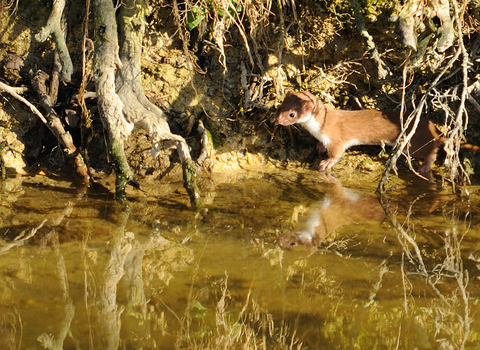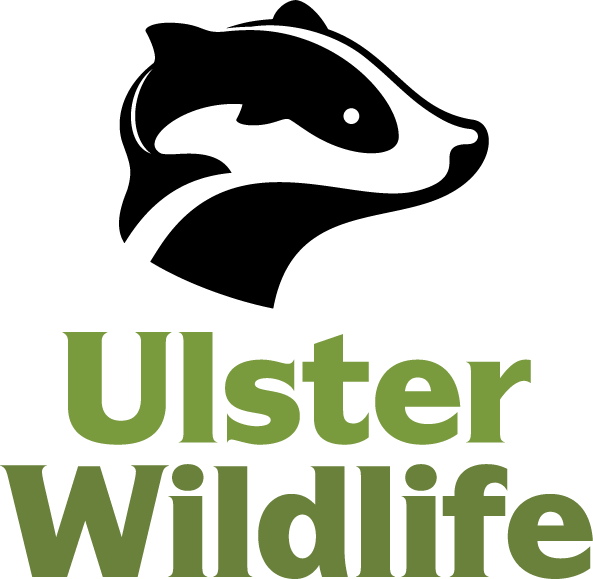
Weasel © Elliot Smith

©Amy Lewis
Weasel
Weasels may look adorable, but they make light work of eating voles, mice and birds! They are related to otters and stoats, which is obvious thanks to their long slender bodies and short legs.
Scientific name
Mustela nivalisWhen to see
January to DecemberSpecies information
Category
Statistics
Length: 17-22cmTail: 3-5cm
Weight: 55-130g
Average lifespan: 2 years
Common.
About
Weasels are the UK’s smallest carnivore. They like to eat voles, mice and small birds. They belong to a group of animals known as mustelids, which means they have a long body and short legs and are related to otters and stoats. They live in lots of different habitats including woodland, grassland, and moorland. Their young are called kits, and they can have up to two litters a year with three to six kits per litter.How to identify
The weasel has a russet-brown back, and a creamy white throat and belly. It is smaller than the similar stoat, has a shorter tail with no black tip, and has a running gait, with a straight back; stoats bound along, arching their backs as they go.Distribution
Widespread in England, Wales and Scotland, but absent from Northern Ireland and most islands.In our area
Weasels are absent from Northern Ireland and Ireland. The Irish stoat (Mustela erminea hibernica) is usually, and mistakenly, called a weasel in rural areas. It is in fact a distinctive stoat and a separate Irish sub-species.
Did you know?
Weasels are so small and agile that they fit into the burrows of their small rodent prey, enabling them to hunt day or night and in any season; they can even hunt in the snow!Weasels are absent from Northern Ireland and Ireland. The Irish stoat (Mustela erminea hibernica) is usually, and mistakenly, called a weasel in rural areas. It is in fact a distinctive stoat and a separate Irish sub-species.
